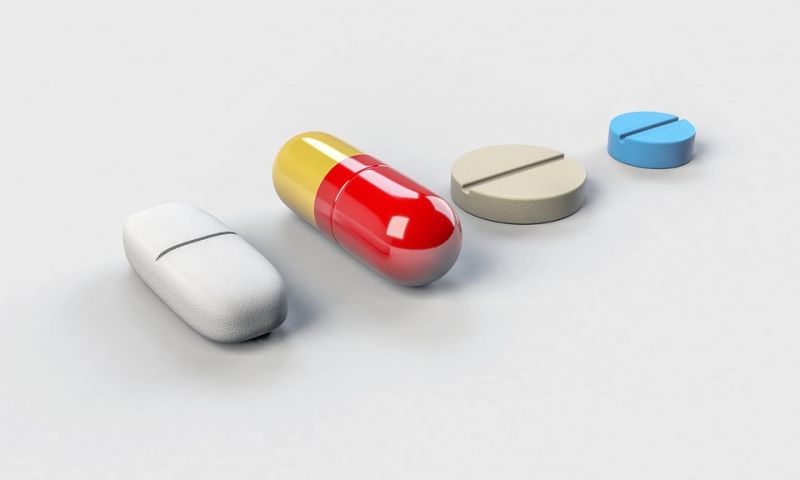Pharmaceutical Makers Sending Drug-spiked Water to Treatment Plants
Published on by Water Network Research, Official research team of The Water Network in Academic
Wastewater treatment plants taking discharges from nearby pharmaceutical manufacturers have "substantially" higher concentrations of drugs in the water, according to a new national study.
By Brian Bienkowski

Representative image, Source: Pixabay
In the most extreme example, an anti-fungal drug was found at levels 3,000 times higher at a treatment plant near a drug maker compared to treatment plants that don't accept drug maker discharge.
"Unfortunately, this is pretty typical," Jose Lozano, director of The Ithaca Area Wastewater Treatment Facility's Environmental Laboratory in New York, told EHN.
These plants were "not designed to treat these type of compounds," added Lozano, who was not involved in the study.
The research, led by federal scientists at the U.S. Geological Survey and published in Science of the Total Environment, is the first national study to examine drug loads sent to treatment plants from manufacturers and is the latest evidence that manufacturers are sending high loads of their products into our waterways—with the consequences on aquatic and human health still not fully understood.
Read full article: Environmental Health News
Abstract
Discharges from pharmaceutical manufacturing facilities (PMFs) previously have been identified as important sources of pharmaceuticals to the environment. Yet few studies are available to establish the influence of PMFs on the pharmaceutical source contribution to wastewater treatment plants (WWTPs) and waterways at the national scale.
Consequently, a national network of 13 WWTPs receiving PMF discharges, six WWTPs with no PMF input, and one WWTP that transitioned through a PMF closure were selected from across the United States to assess the influence of PMF inputs on pharmaceutical loading to WWTPs.
Effluent samples were analyzed for 120 pharmaceuticals and pharmaceutical degradates. Of these, 33 pharmaceuticals had concentrations substantially higher in PMF-influenced effluent (maximum 555,000 ng/L) compared to effluent from control sites (maximum 175 ng/L). Concentrations in WWTP receiving PMF input are variable, as discharges from PMFs are episodic, indicating that production activities can vary substantially over relatively short (several months) periods and have the potential to rapidly transition to other pharmaceutical products.
Results show that PMFs are an important, national-scale source of pharmaceuticals to the environment.
Media
Taxonomy
- Reclaimed Wastewater
- Pharmaceuticals Waste
- Wastewater Treatment
- Contaminant Removal
- Pollution
- Contaminant Movement Mapping
- Pollution